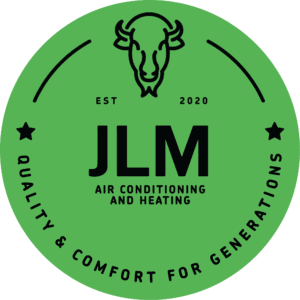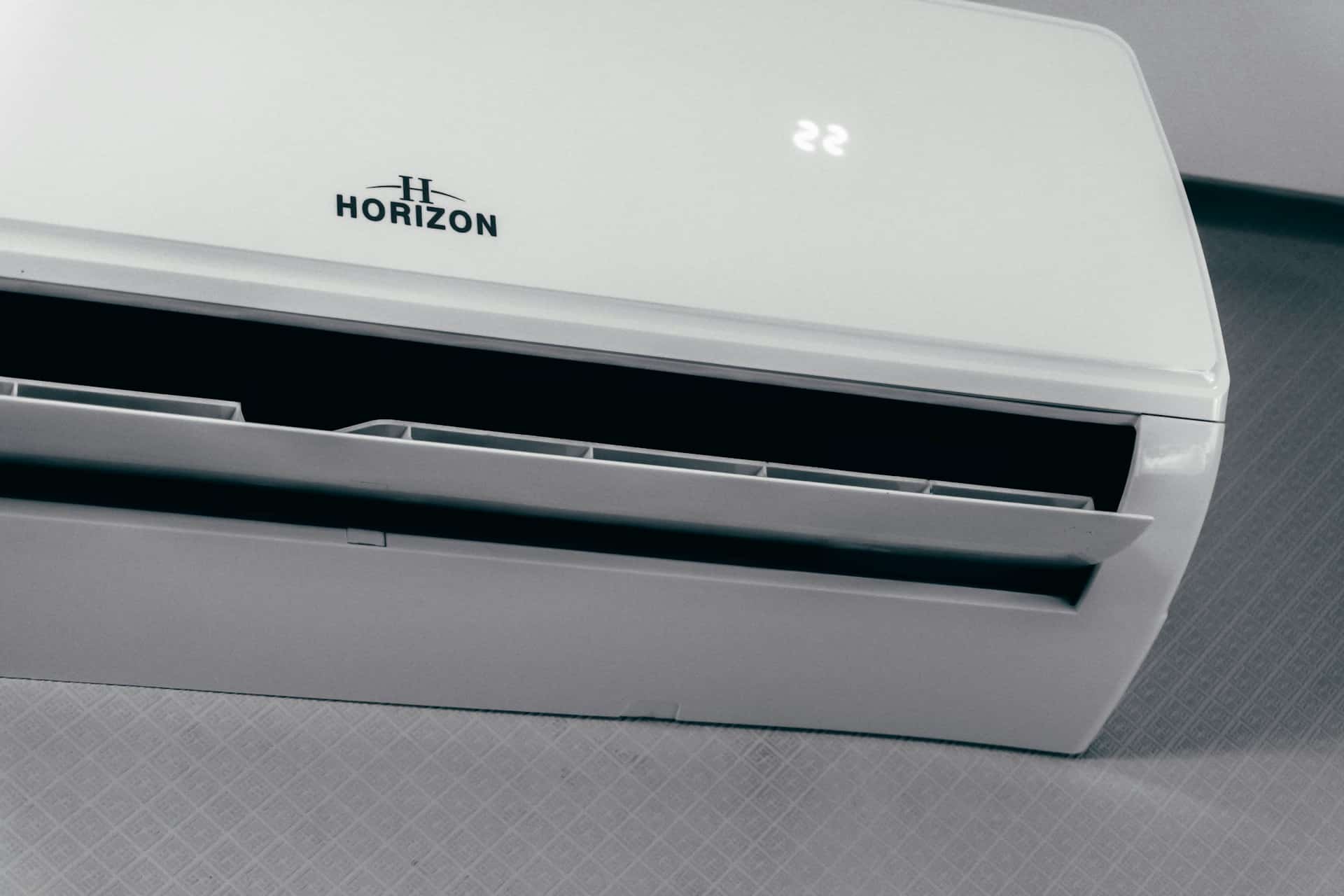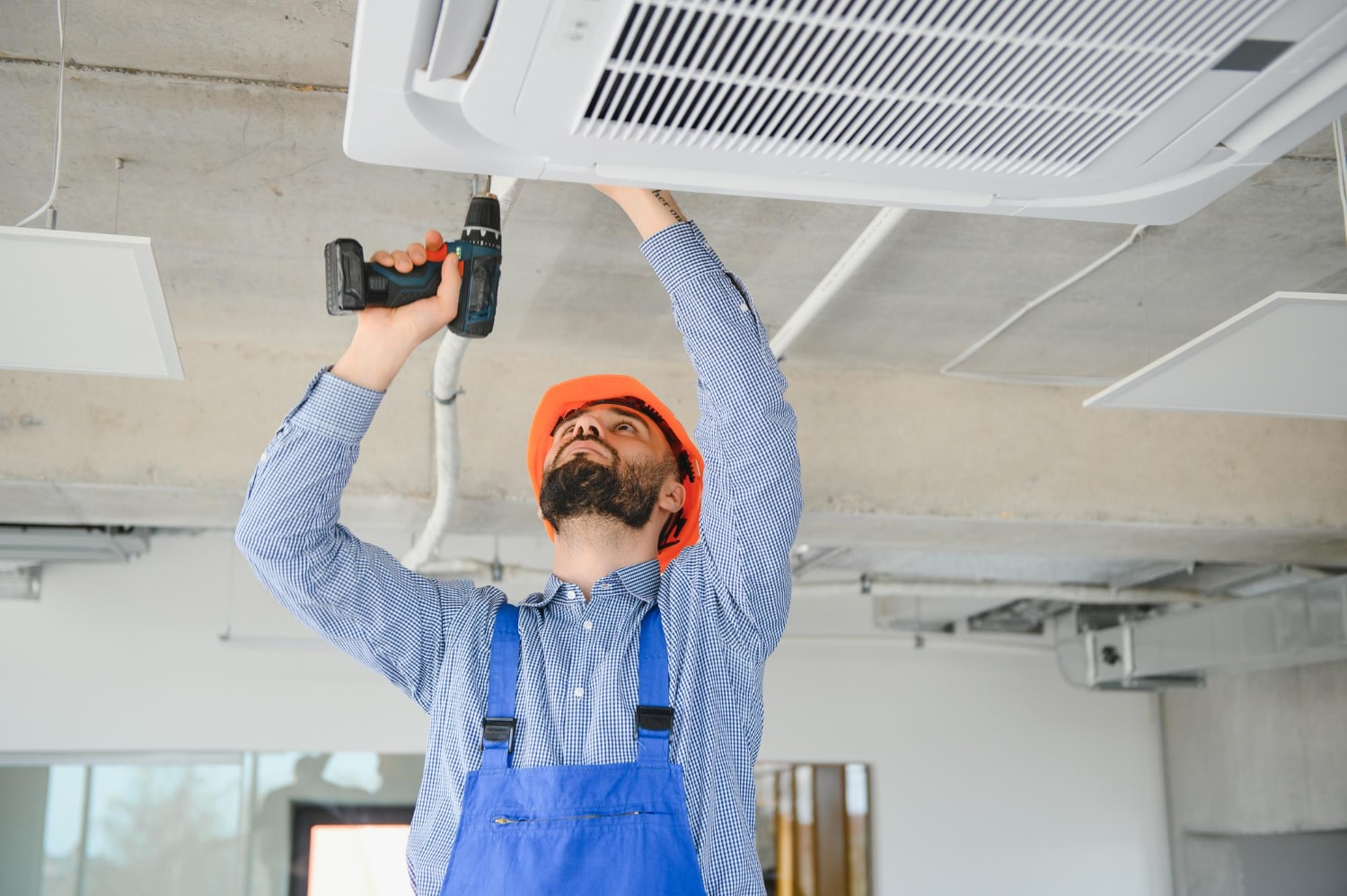Ah, the never-ending torments of this unbearable summer heat! BUT to keep it cool, you need a perfectly running air conditioning unit. However, things start to go south when your AC unit needs a repair. And you already know every repair comes at a cost. Right? So, people, first we need to have an idea of the cost of replacing an AC unit. AC unit replacement costs depend on size of your home, efficiency, and installation costs. Basic units cost $3,300 to $7,800; high-efficiency ones cost $6,700 to $9,400; or more. Labor costs $4,000 to $8,000; depending on complexity. Ductwork repair? That’s extra. Want smart features? Expect greater costs.
Check warranties and get multiple bids to avoid surprises. Well-planned replacements keep your home cool without breaking the bank! So, before the sweat starts dripping and the panic sets in, let’s talk about something important: how much does it actually cost to replace an AC unit? Because knowing the numbers ahead of time can save you from a meltdown—both literally and financially!
Replacing an AC Unit
Has your AC started acting up? Well, it’s certainly time to think about replacing an AC unit. Now, this is a crucial decision that impacts comfort, energy efficiency, and long-term savings. Whether upgrading an old system or installing a new central air conditioning unit, selecting the right SEER rating and size is essential. Professional HVAC contractors ensure proper unit installation, maximizing performance and reducing installation costs. A larger home may require a high-capacity split system or heat pump for optimal cooling. Investing in an energy-efficient system saves money in the long run and improves indoor air quality. And you know JLM got you all covered with their air conditioning maintenance services!
Some Key Considerations
- Size of your home – Determines the AC unit’s cooling capacity.
- Energy efficiency – Higher SEER ratings reduce electricity bills.
- Installation costs – Includes labor, materials, and possible ductwork modifications.
- Total cost – Varies based on central air conditioning system type and features.
- Long-term benefits – Lower energy consumption and improved comfort.
Average Cost of Replacing an AC Unit
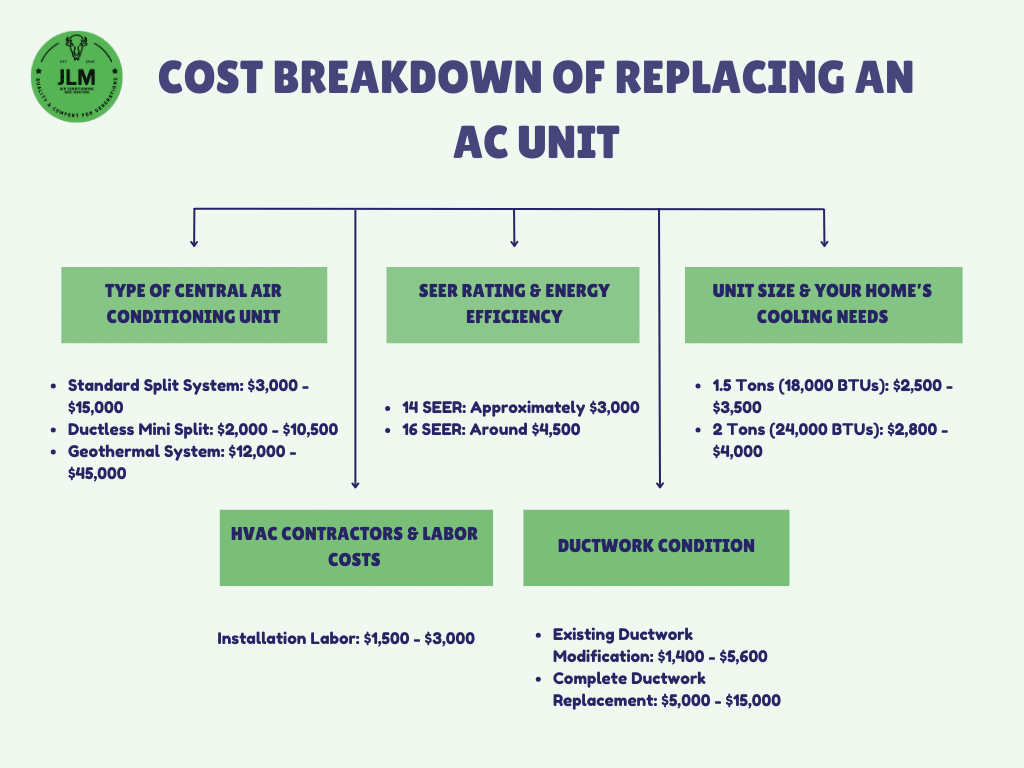
The average cost of replacing a central air conditioning system ranges from $5,000 and $12,000 to, but the total cost depends on various factors such as unit type, size of your home, energy-efficient options, and installation costs. Below is a detailed look at what influences pricing and how you can plan for AC installation without overspending.
1. Type of Central Air Conditioning Unit
Your choice of AC unit affects the cost of replacing an old system. There are two main options;
Split Systems ($3,000–$8,000)
- Most common central air conditioning unit for homes with existing ductwork.
- Includes both an indoor evaporator coil and an outdoor compressor/condenser unit.
- Offers efficient cooling, but ductwork condition affects installation costs.
Heat Pumps ($4,000–$12,000)
- Works as both an air conditioner and a heater, making it an energy-efficient choice.
- Ideal for homes in moderate climates.
- Higher upfront cost but saves money in the long run by reducing heating expenses.
💡Additional Cost Considerations
If you’re upgrading from a traditional AC to a heat pump, expect higher unit installation costs.
Homes without existing ductwork may need ductless mini-split systems, which range from $2,000–$14,000, depending on the number of indoor units.
2. SEER Rating & Energy Efficiency
The SEER rating (Seasonal Energy Efficiency Ratio) measures how efficiently an AC unit cools a home. Higher ratings mean lower energy bills but higher installation costs.
- Basic SEER (14-16): Most budget-friendly, costs less upfront but higher electricity bills over time.
- Mid-Range SEER (17-20): More efficient, saving money in the long run, but adds $500–$2,000 to the initial cost.
- High-Efficiency SEER (21+): Best for extreme climates, with maximum energy savings, but costs $2,000–$5,000 more than lower-SEER models.
💡Tip: Many states offer rebates or tax incentives for installing energy-efficient units, which can help offset higher initial costs.
3. Unit Size & Your Home’s Cooling Needs
The size of your home determines the AC unit size you need, affecting both equipment and unit installation costs. A larger home requires a bigger system, increasing expenses.
Typical AC Unit Size & Cost Ranges
- 1.5 – 2 tons (Small homes/apartments) → $2,500–$5,000
- 2.5 – 3 tons (Medium-sized homes) → $3,500–$6,500
- 3.5 – 5 tons (Larger homes) → $4,500–$10,000
Important Considerations
- Undersized units struggle to cool effectively, leading to high energy bills and more wear.
- Oversized units short-cycle, increasing humidity and reducing lifespan.
- A professional HVAC contractor can perform a load calculation to determine the right size for your home.
4. HVAC Contractors & Labor Costs
The cost of replacing an AC unit isn’t just about equipment. HVAC contractors charge for unit installation, labor, and potential modifications.
Installation Costs Breakdown
- Standard Installation: $1,500–$5,000 for labor, depending on location and contractor experience.
- Ductwork Replacement: If your ducts are old or damaged, expect to pay $2,000–$5,000 extra.
- Electrical Upgrades: Some homes need an upgraded circuit panel to support a new central air conditioning unit, costing $1,000–$3,000.
How to Save on HVAC Installation?
- Get multiple quotes from licensed HVAC contractors to compare pricing.
- Ask about warranties and maintenance plans to avoid additional costs later.
- Consider offseason AC installation (fall/winter) when demand is lower, leading to potential discounts.
5. Additional Costs & Upgrades
Beyond the core system and installation costs, there are optional upgrades that can enhance performance and comfort;
- Smart Thermostats ($150–$500): Help optimize energy usage and save money in the long term.
- Zoning Systems ($2,000–$4,500): Allow for different temperatures in separate rooms, reducing energy waste.
- Air Quality Add-Ons ($500–$3,000): Includes dehumidifiers, HEPA filters, and UV lights to improve indoor air quality.
Installation Costs Breakdown
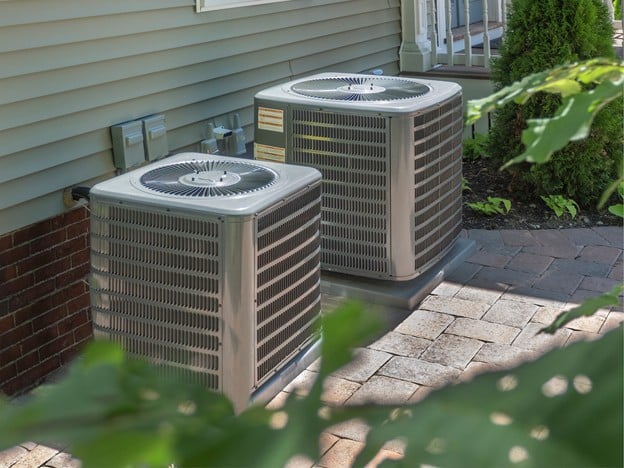
Credit: floridapace.gov
Now, when it comes to AC installation, there’s more to it than just buying the unit. The total cost of replacing a central air conditioning system includes various components that contribute to the final price. Let’s break down the factors that determine the cost of replacing your old unit, and how to plan your budget accordingly. Whether you’re upgrading to a split system or installing a brand-new central air conditioner, here’s what you need to know;
AC Installation
The unit installation is one of the major costs, depending on the type of central air conditioning unit you choose. On average, AC installation for a central air conditioner or split systems can cost between $3,000 and $10,000. Prices can vary based on factors such as;
- System complexity – A more complex setup or energy-efficient system may increase costs.
- Energy-efficient features – High-efficiency systems like heat pumps may cost more upfront but save money in the long run through lower energy bills.
Ductwork Modification
If your home is older and lacks proper ductwork, expect additional costs for modifications or replacement. Installing new ducts can cost between $3,000 and $10,000, depending on the extent of the work required. Consider the following;
- The condition of your ducts directly affects the installation costs.
- HVAC contractors will assess whether your existing ducts need to be replaced or if they can be used with the new system.
Permits and Inspections
Certain regions require permits and inspections to ensure that your central air conditioning system complies with local codes. These inspections can add additional costs, typically ranging from $200 to $1,500. Keep in mind;
- Costs can vary depending on local regulations and the complexity of the inspection.
- Check with local authorities to determine the necessary permits for your AC installation.
Removal of Old Unit
When replacing an old system, it’s essential to factor in the cost of replacing your existing AC unit. Removing and disposing of the old system typically costs between $50 and $1,400. Be sure to confirm the following with your contractor;
- Some contractors include removal costs in the overall unit installation price.
- Others may charge separately, so make sure to get an upfront quote.
Electrical Work
Upgrading your electrical system to accommodate a new central air conditioning unit may be necessary, especially if you have older wiring. Electrical work typically costs between $1,000 and $3,000, depending on the complexity of the upgrades needed. Consider this when installing a more energy-efficient system like a heat pump, which might require more electrical capacity. Key points include;
- Electrical work is essential if your system demands more power.
- Discuss potential additional costs with your HVAC contractors for proper planning.
By understanding these factors and working with your HVAC contractors, you can better plan for the cost of replacing your system and ensure you’re prepared for any additional costs along the way.
The Additional Costs
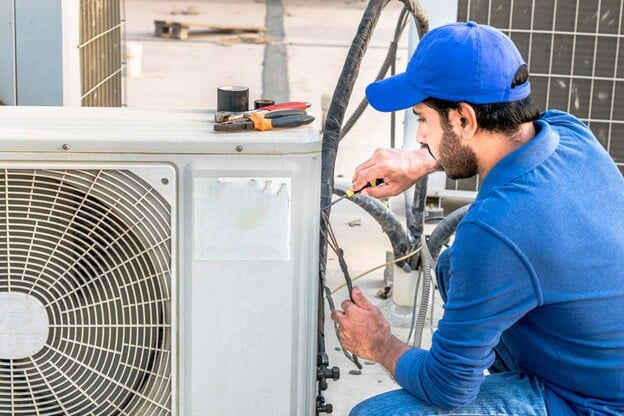
Credit: atlascoolingandheating.com
While the cost of replacing your central air conditioning system mainly involves the unit installation, there are several additional costs that can enhance comfort, efficiency, and long-term value. These additional costs can help optimize the performance of your system and provide more control over your home’s climate and air quality. Let’s explore these potential extras in detail;
i. Smart Thermostat
A smart thermostat is a valuable addition to any central air conditioning system. It allows you to control your AC installation remotely, saving money in the long run by optimizing your home’s energy use. The cost for a smart thermostat typically ranges from $20 to $689, depending on the brand and features. You can definitely choose the JLM thermostat installation service without wasting any further time! Some benefits of investing in a smart thermostat include;
- Energy-efficient scheduling to reduce unnecessary cooling.
- Integration with other energy-efficient systems for maximum savings.
- Remote control via smartphone apps, ensuring your home is always at the perfect temperature.
ii. Zoning Systems
A zoning system allows you to set different temperatures for different areas or rooms in your home. This is particularly useful for larger homes where cooling may be needed more in some areas than others. The cost for a zoning system can range from $1,700 to $4,500, depending on the number of zones and complexity of the system. Zoning systems offer several advantages;
- Increased energy efficiency by cooling only occupied areas.
- Customizable comfort for each member of the household.
- Reduced strain on your central air conditioning unit, which can extend its lifespan and improve efficiency.
iii. Air Quality Add-ons
If you live in a humid or polluted area, investing in air quality add-ons for your central air conditioning system can improve your home’s indoor environment. These upgrades typically include UV filters, dehumidifiers, and HEPA filters, which can cost between $20 to $450, Gentlemen, here’s how these add-ons help;
- UV filters eliminate bacteria and viruses, providing cleaner air.
- Dehumidifiers help manage moisture levels, preventing mold growth and enhancing comfort.
- HEPA filters improve air quality by trapping small particles, including dust and allergens.
iv. Extended Warranties
Adding an extended warranty to your central air conditioning system is a good way to protect your investment and avoid unexpected repair costs. An extended warranty typically adds $500 and $1,500, to the overall installation costs, depending on the coverage and length of the warranty. Some benefits include;
- Peace of mind knowing that repairs or replacements are covered after the manufacturer’s warranty expires.
- Potential savings on major repairs that can arise during the system’s lifespan.
- Protection for expensive parts like compressors or motors.
In Closing
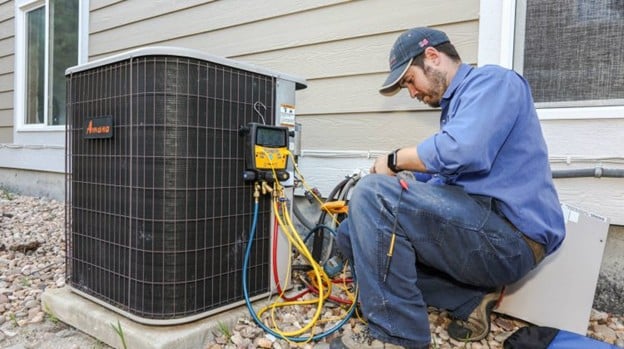
Credit: grandhomeservicesllc.com
So, as we come towards the end, we must tell you that replacing your central air conditioning unit depends on factors like your home’s size, the SEER rating, and the system type. As we’ve discussed above, choosing an energy-efficient system like a heat pump or split systems can save you money in the long run. While installation costs vary, working with skilled HVAC contractors ensures the best fit. The average cost for a larger home may be higher, but a high-quality central air conditioning system reduces total costs over time. Hit the button to contact JLM services for a quote and enjoy long-term savings with your new unit installation!
ENJOY A COOL SUMMERS! ❄️🌀
